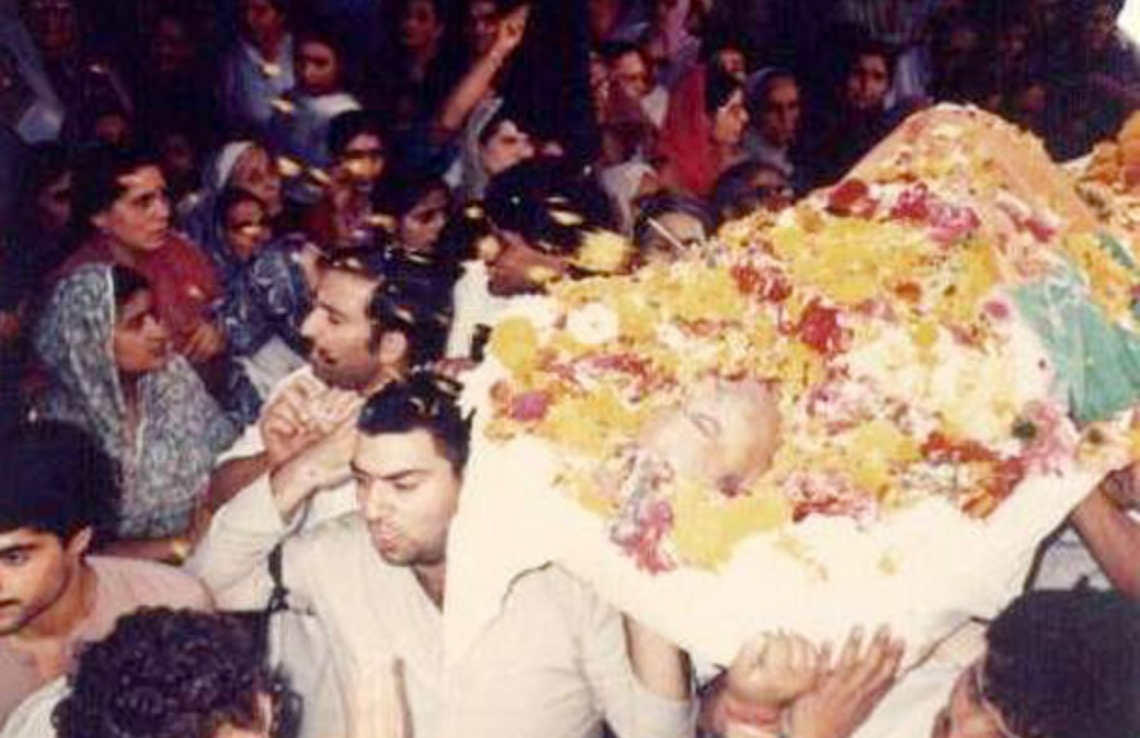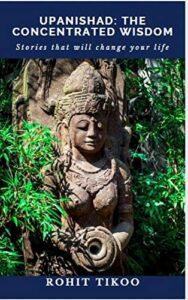Introduction: Tika Lal Taploo and the Kashmiri Pandit Exodus
The assassination of Tika Lal Taploo in 1989 was more than just the tragic killing of a leader; it marked the beginning of a systematic campaign to uproot the Kashmiri Pandit community. As the first high-profile assassination in a series of calculated attacks by extremists, his death created widespread panic, accelerating the forced exodus of the Pandits from their homeland. His martyrdom opened a dark chapter in Kashmir’s history, forever altering its social and cultural fabric.
On September 14, 2024, we commemorate 35 years since the martyrdom of Tika Lal Taploo. By examining the events surrounding his assassination, the immediate aftermath, and its long-term impact, we can gain a deeper understanding of the Kashmiri Pandit exodus and the ongoing struggle for peace in Kashmir.
The Assassination of Tika Lal Taploo: A Catalyst for Fear
On the morning of September 14, 1989, Tika Lal Taploo, known for his fearlessness and dedication to national unity, was walking through the streets of Srinagar. Despite receiving threats from militant groups, he remained undeterred, continuing his routine as a leader of the Kashmiri Pandit community. His outspoken stance against separatism had made him a prime target.
That day, armed militants ambushed and gunned him down in broad daylight. This carefully orchestrated attack was meant to send a clear message to the Kashmiri Pandits: their leaders were vulnerable, and the community was no longer safe. The assassination of Tika Lal Taploo was the beginning of a wave of targeted killings aimed at paralysing the Pandit community through fear and violence.
Early Life and Education: Overcoming Adversity
Born on October 6, 1930, in Kashmir, Tika Lal Taploo grew up in a region renowned for its cultural diversity. Despite the challenges faced by the Pandit community, Taploo demonstrated a relentless passion for education. His intellectual curiosity led him to pursue higher education, but the path was not easy.
Denied admission to Aligarh Muslim University, Taploo spearheaded a student agitation, demanding fair treatment and equal opportunities. His persistence eventually led to his enrollment, and by 1958, he graduated with an M.A. and L.L.B. degree. This early struggle shaped Taploo’s belief that change comes through perseverance, a principle he carried throughout his life.
Legal Career and Activism: A Voice for the Marginalised
After earning his law degree, Taploo returned to Kashmir in 1957 and began his legal career. From the beginning, it was evident that his mission went beyond personal success—he became a beacon of hope for the marginalised.
Known for his pro bono work, Taploo took on cases that many lawyers avoided, defending the rights of farmers, widows, and the poor. His legal expertise and deep empathy made him a respected figure in the community, but it was his activism that truly set him apart. As a prominent RSS member, Taploo fought against corruption and human rights abuses, often facing imprisonment for his outspoken beliefs. His commitment to justice only grew stronger with each arrest, particularly during the Emergency period in the mid-1970s.
Political Leadership: Defending National Unity in Kashmir
Tika Lal Taploo’s unwavering dedication to the people of Kashmir earned him a place in the political arena. By the early 1980s, he had risen to become the Vice President of the Jammu and Kashmir unit of the Bharatiya Janata Party (BJP). In a region increasingly gripped by separatist ideologies, Taploo’s advocacy for national unity made him a controversial yet vital voice.
His speeches on Kashmir’s integral place within India resonated across the region, drawing support from both political allies and ordinary citizens. Despite the mounting threats against his life, Taploo refused to compromise his principles, believing that true leadership meant standing with the people in their darkest hours.
Community Service: A Unifying Figure Across Divides
One of the most remarkable aspects of Taploo’s life was his dedication to serving all Kashmiris, regardless of religious or ethnic background. Known affectionately as “Lala” by both Hindus and Muslims, Taploo’s home in Srinagar was a refuge for those in need.
Whether it was assisting a poor family, paying for a student’s education, or mediating local disputes, Taploo worked tirelessly to bridge the growing divides in Kashmir. His actions won him the respect and love of people across communities, reinforcing his legacy as a unifying figure during a time of increasing tension.
The Ultimate Sacrifice: Standing Tall in the Face of Terror
As militancy gripped Kashmir in the late 1980s, many in the Pandit community began to leave. Tika Lal Taploo, however, stood firm. He continued to speak out against extremism, advocating for peace and harmony despite the increasing danger to his own life.
On September 14, 1989, his resistance came to a tragic end. Shot down by militants in broad daylight, Taploo’s assassination was a brutal reminder of the rising tide of terror. His funeral drew thousands of mourners from across religious and political lines, a testament to the profound impact he had on the people of Kashmir.
A Campaign of Fear: Targeting Kashmiri Pandit Leaders
The killing of Tika Lal Taploo was the first in a series of targeted assassinations aimed at silencing the Kashmiri Pandit leadership. In the months following his death, lawyers, scholars, teachers, and political figures from the community were systematically murdered. The militants’ strategy was clear: by eliminating the leaders, they hoped to dismantle the community’s resistance and force them into exile. The paradise was lost in Kashmir in 1990
This campaign of terror successfully created an atmosphere of fear, pushing the Pandit community closer to the edge. One by one, families made the painful decision to flee, leaving behind their homes and heritage.
The Exodus of Kashmiri Pandits: A Community Uprooted
Tika Lal Taploo’s assassination marked the beginning of one of the most tragic chapters in modern Indian history—the mass exodus of Kashmiri Pandits. What began as a series of targeted killings soon escalated into a full-scale campaign to drive the community out of their homeland. For the exodus of Kashmiri Pandits, read the book Uprooted & Forlorn- The tale of Kashmiri Pandits in exile
By the early 1990s, nearly the entire Pandit population had fled, their homes abandoned and their properties looted. The militants had succeeded in their immediate goal, but at a devastating cost—the cultural fabric of Kashmir, once known for its pluralism, was torn apart.
Legacy of Loss and Resilience: Remembering Tika Lal Taploo
Though Tika Lal Taploo’s life was cut short, his legacy endures. His martyrdom became a symbol of the Kashmiri Pandits’ broader struggle for survival, resilience, and justice. Even in exile, the community continues to keep their traditions and memories alive, inspired by leaders like Taploo who stood firm in the face of terror.
Conclusion: Tika Lal Taploo’s Enduring Impact on Kashmir
The assassination of Tika Lal Taploo was a pivotal moment in the Kashmir conflict, marking the beginning of the forced exodus of the Kashmiri Pandits. His life and legacy serve as a powerful reminder of the courage required to stand up against oppression. As we reflect on his martyrdom 35 years later, the story of Tika Lal Taploo continues to inspire the ongoing struggle for justice, peace, and unity in Kashmir.





Pingback: The Tragic Story of Prem Nath Bhat -
Pingback: Kashmiri Pandits in Refugee Camps